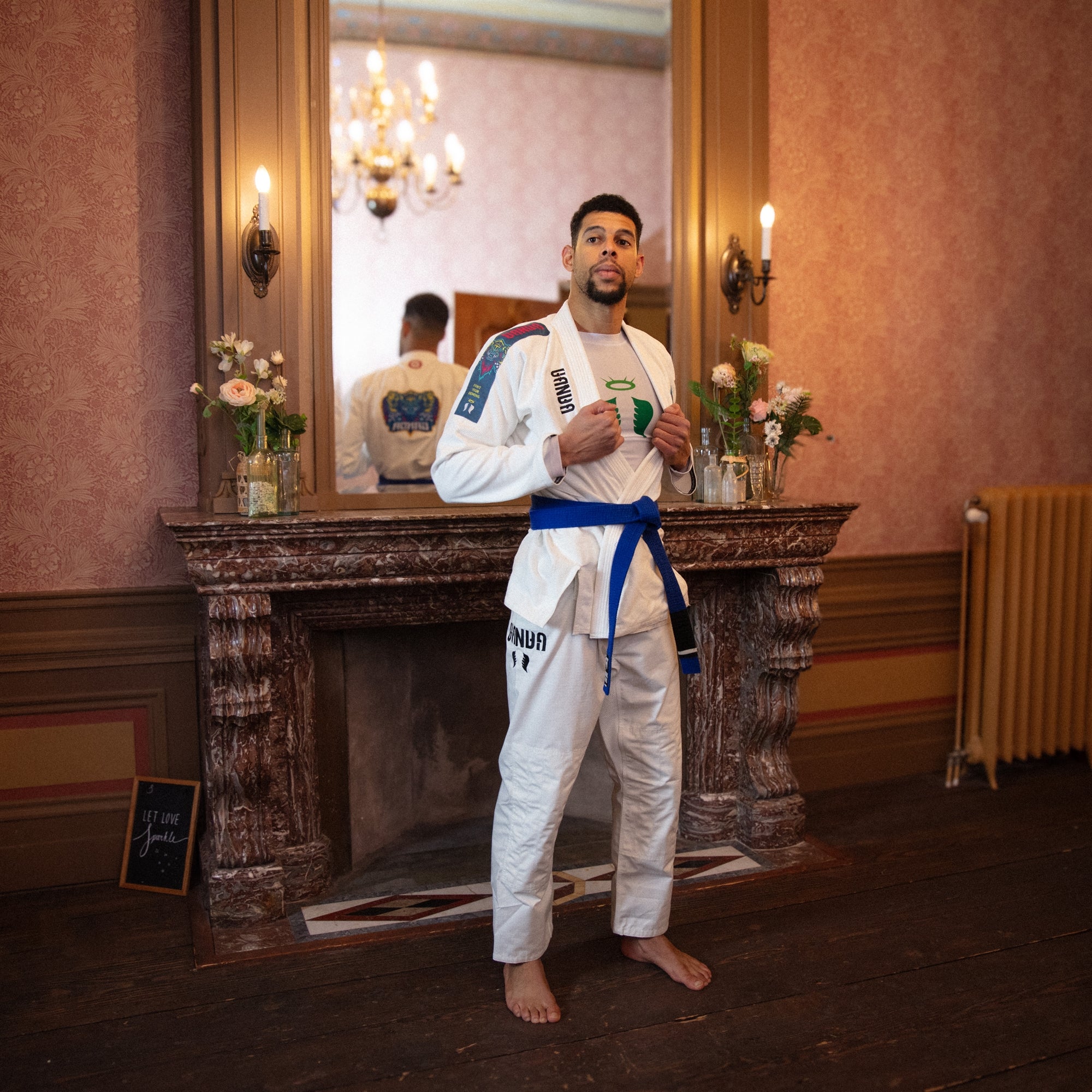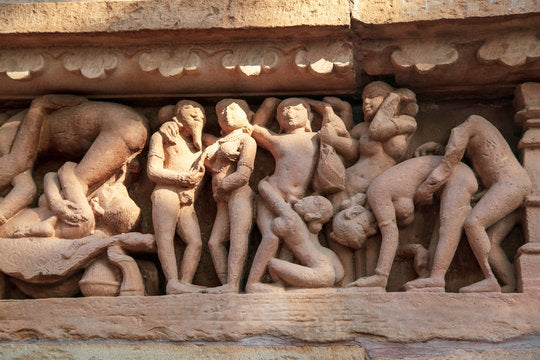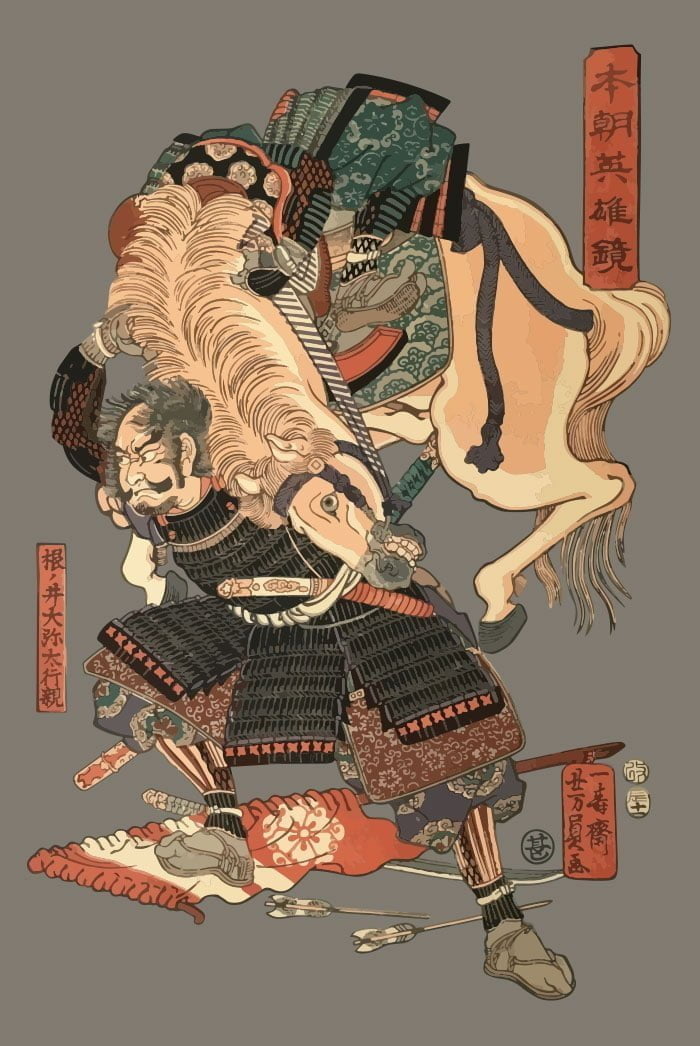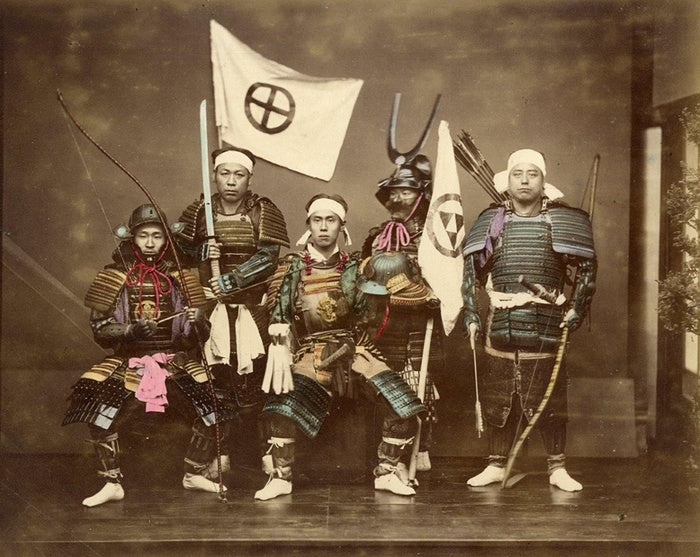Hold the line. Between good and evil, between chaos and order. Hold the line and steady your aim. Reach your goals and preserve your balance. Hold the line. Tame your demons but remain dangerous and refuse to be a victim. Hold the line. Of the giants whose shoulders you stand on and of the obligation to continue striving to be excellent. Be formidable, hold the line.

Origin Story
We are GANDA. Indonesian for duality; we recognize life’s constant battles between walking your path steadfast on the line of order towards the highest goal, or being tempted to deviate into chaos. We gladly embrace this perpetual state. Born out of a passion for martial arts mastery and the desire to create, we strive to provide anyone willing to constantly improve themselves with the staggering threads that being formidable demands. Hold the line between good and evil and look impeccable while doing it.
Timeline

Buddhist temple depicting early form grappling techniques. Or this is from the KamaSutra, it’s very difficult to distinguish from no-gi sparring
Various theories surround BJJ’s origins, but most agree that it can be traced back to Buddhist monks roughly 4,000 years ago in India. These monks created a defense mechanism to protect themselves while traveling without hurting their attackers.

Ancient Egyptian and Greek wall engravings and sculptures depicting early wrestling and grappling
Grappling arts like Wrestling, Judo and BJJ likely have multiple origins and aren't necessarily related. “Grappling" has a considerably long history, going back to ancient Egypt and Greece, as depicted on some Egyptian ruins and Greek walls.

The lethal Buddhist crew bringing the foundation of jujutsu to Japan
With the expansion of Buddhism, their art spread from Southeast Asia to China, finally arriving in medieval Japan where it evolved into a highly effective hand-to-hand combat system during hostilities, known as jujutsu.

Here we can see a samurai combine at least 9 bugei juhappan techniques all at once, with a slight misinterpretation of horsemanship
As a military art, jujutsu became one of the traditional “eighteen martial arts” prescribed for the ultimate samurai, known collectively as bugei juhappan;
- Archery (kyudo/kyujutsu)
- Barbed staff skills (mojiri)
- Chained sickle throwing (kusarigamajutsu)
- Dagger throwing (shurikenjutsu)
- Fencing/swordsmanship (kendo/kenjutsu)
- Firearms skills (teppo)
- Horsemanship (bajutsu)
- Needle spitting (fukumibarijutsu)
- Polearm skills (naginata jutsu)
- Rope skills (torite)
- Short sword skills (tanto)
- Spying (ninjutsu)
- Staff skills (bojutsu)
- Spearmanship (sojutsu)
- Swimming (suieiijutsu)
- Sword drawing (iaijutsu)
- Truncheon skills (jitte)
- Yawara (judo/jujutsu)

Samurai in full armor (the earliest lapels) and weaponry
As early jiujitsu (jujutsu) was a battlefield art, it was assumed that both opponents would be wearing full Japanese armor. Kicks and punches would be ineffective and the samurai focused on developing skills for armored grappling.

Jigoro Kano, student friends at Tokyo University (second from right) © The Kodokan Institute
In 1870 during the Meiji Restoration period in Japan, the samurai class was abolished, and people were no longer allowed to wear swords in public. This caused many martial art schools to collapse. During this time, a young Jigoro Kano found himself fascinated by the traditional Japanese martial art of jujutsu.

Jigoro Kano performing an RNC, officially named the Hadaka-jime (裸絞め)
Kano studied under several prominent jujutsu teachers and former samurai. In 1882, he officially opened the Kodokan Judo Institute, which he named after the "Kodokan" (a term meaning "school for studying the way") and "judo" (meaning "the gentle way").

Mitsuyo Maeda (front-middle seat) sitting with students
Mitsuyo Maeda, also known as Count Koma, was a Japanese judoka and member of the Kodokan judoka, Judo's governing body. Maeda immigrated to Brazil in 1914 where he started teaching and performing demonstrations in jiu-jitsu and judo, which were not recognized as different sports at the time.

Carlos and Helio Gracie holding their soon to be lethal off-spring
Four of the students he mentored became the pioneers of what is now recognized as Brazilian Jiu-Jitsu. These students were;
Carlos Gracie
Helio Gracie
Luiz França
Oswaldo Fadda
These early pioneers significantly contributed to the growth of what is now known as Brazilian Jiu-Jitsu by enhancing the efficiency of existing techniques, developing new ones, and spawning a unique martial art

Royce Gracie showcasing BJJ as highly effective combat style
It really took off once the Ultimate Fighting Championship (UFC) popularized Mixed Martial Arts and Brazilian Jiu-Jitsu in the 1990s. The UFC was initially co-founded by one of Helio Gracie's sons, who moved to the US, Rorion Gracie. His brother, Royce Gracie, entered the first few tournaments as a showcase to demonstrate the effectiveness of BJJ vs. other martial arts.

IBJJF Tournament in full swing
The International Brazilian Jiu-Jitsu Federation (IBJJF), established in 2002 by Carlos Gracie, Jr., started hosting organized jiu-jitsu tournaments worldwide. Due to the jiu-jitsu growth over the past ten years, the United States now hosts several of the world's biggest and most famous competitions.

GANDA’S patron Saint Remco “Grizzly” Pardoel, a UFC veteran, Judo, Jiujiutsu, Taekwondo and BJJ black belt, lives to perpetuate the continuous develop of mixed martial arts. He has fought Royce Gracie at UFC2 and competed in UFC7 and is responsible for the introduction and growing popularity of MMA and BJJ in Europe through his Satsang gyms.




